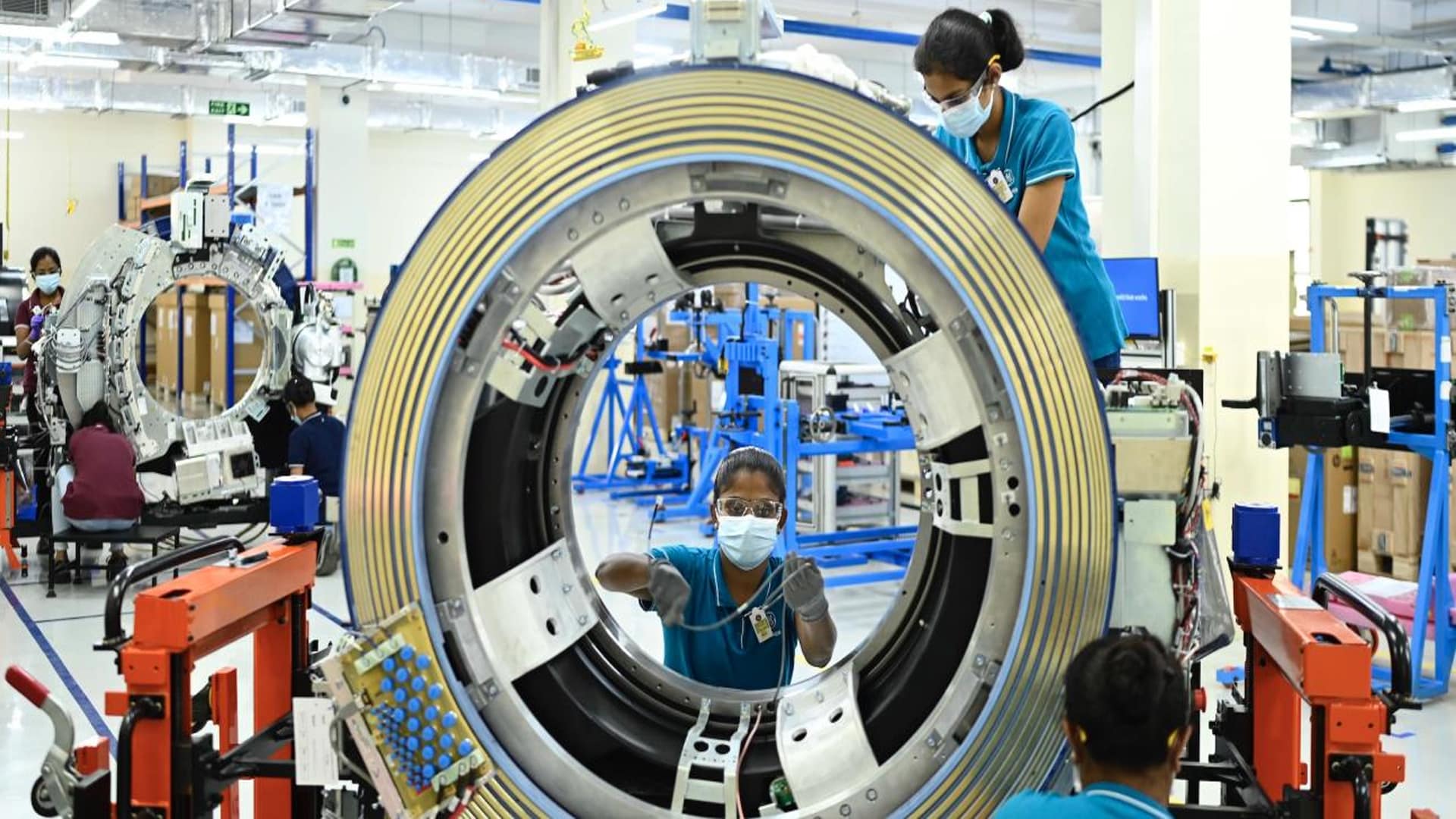On March 26th, GE Healthcare made headlines with its announcement of a staggering ₹8,000 crores investment in India over the next five years. This investment, however, is not merely about tapping into India's abundant talent pool and cost-effective manufacturing capabilities. Instead, it symbolizes a strategic shift towards what could be termed as "reverse innovation."
The concept of reverse innovation challenges traditional notions of innovation, particularly the idea that innovation primarily flows from developed to developing markets. In the case of GE Healthcare, the journey towards reverse innovation began with the recognition that simply exporting high-end medical equipment to lower-income countries might not suffice to meet the unique needs and challenges of these markets.
Initially, GE Healthcare's approach in India mirrored that of many multinational companies—selling imported products designed for affluent markets at a premium. However, the realization dawned that scaling up operations in a country like India required a radical shift in strategy. Instead of simply cutting back on features to reduce costs, GE Healthcare embarked on a journey to innovate for India, by India.
This transformation necessitated not only a reevaluation of product design and features but also a restructuring of organizational hierarchies. India emerged as a focal point in GE's global operations, with a dedicated team empowered to develop products tailored to local needs and market dynamics. The success story of GE Healthcare's battery-operated, lightweight electrocardiogram (ECG) machine, priced at a fraction of its flagship devices, epitomizes the essence of reverse innovation.
The journey towards reverse innovation, however, is fraught with challenges. One of the primary concerns for multinational companies is the fear of cannibalizing sales of higher-margin products in developed markets. Harman, the audio company, faced similar apprehensions when it embarked on its reverse innovation journey under the leadership of CEO Dinesh Paliwal. Paliwal's vision to innovate in emerging markets like India led to the creation of the Saras project—a concerted effort to develop high-quality, cost-effective products tailored to local preferences. However, internal resistance and skepticism posed significant hurdles, with concerns about diluting the brand and impacting sales commissions.
Despite the challenges, Harman's success in creating products that appealed to both emerging and established markets underscored the potential of reverse innovation to drive growth and market expansion. The shift from a hierarchical, top-down approach to a more agile and inclusive organizational culture was instrumental in fostering innovation and driving acceptance of the new strategy. As the concept of reverse innovation gains traction, there is a growing recognition of the need to recalibrate our understanding of innovation itself. The term "reverse" implies a directional bias that no longer holds true in today's interconnected global economy. Countries like India are not merely recipients of innovation but active contributors to global innovation ecosystems.
GE Healthcare's monumental investment in India serves as a testament to the transformative power of reverse innovation. By harnessing local insights, expertise, and ingenuity, multinational companies can unlock new avenues for growth, drive product innovation, and address unmet needs in diverse markets worldwide. The journey towards reverse innovation is not just about changing business strategies—it's about embracing a new paradigm where innovation knows no boundaries and opportunities abound for those willing to challenge the status quo.






